TechRadar Verdict
The Nikkor Z 600mm f/6.3 VR S offers excellent image quality in a lens that’s similar in size and weight to a 70-200mm f/2.8, which is an impressive feat in itself and makes it a great lens for handheld shooting. Autofocus is fast and silent, with excellent build quality, but being a professional lens it’s expensive.
Pros
- +
Excellent image quality
- +
Lightweight for a 600mm prime lens
- +
Up to 6-stop image stabilization
Cons
- -
Cost will be prohibitive for many
- -
Size and weight mean an f/6.3 maximum aperture
- -
No VR switch on the lens
Why you can trust TechRadar
Two-minute review
Prime lenses are, for the most part, optically superior to zoom lenses despite the often excellent optical performance of the latter. The trade-off with a zoom is the convenience of being able to change focal length without changing the lens, but beyond that prime lenses win hands down.
The Nikkor Z 600mm f/6.3 VR S is the lightest 600mm lens in the f/6.3 class at just 3lbs 3.9oz / 1,470g with the tripod collar attached. Just to put that into perspective, that’s only a whisker heavier than the Nikkor Z 70-200mm f/2.8 VR S, which is impressive, and alongside excellent image quality it makes the 600mm f/6.3 one of the best Nikon Z lenses available.
You’d certainly hope so, too, because this is a lens that comes with a hefty professional price tag. At $4,800 / £4,999 / AU$8,299, this is one of those lenses that costs more than many of the camera bodies it will find itself attached to, which means it will unfortunately be out of reach for many enthusiast photographers. But it’s not all bad news if you’re on a slightly tighter budget, because the Nikkor Z 180-600mm f/5.6-6.3 VR comes in at a more affordable $1,697 / £1,799 / AU$2,999, and it’s a great lens for the price.
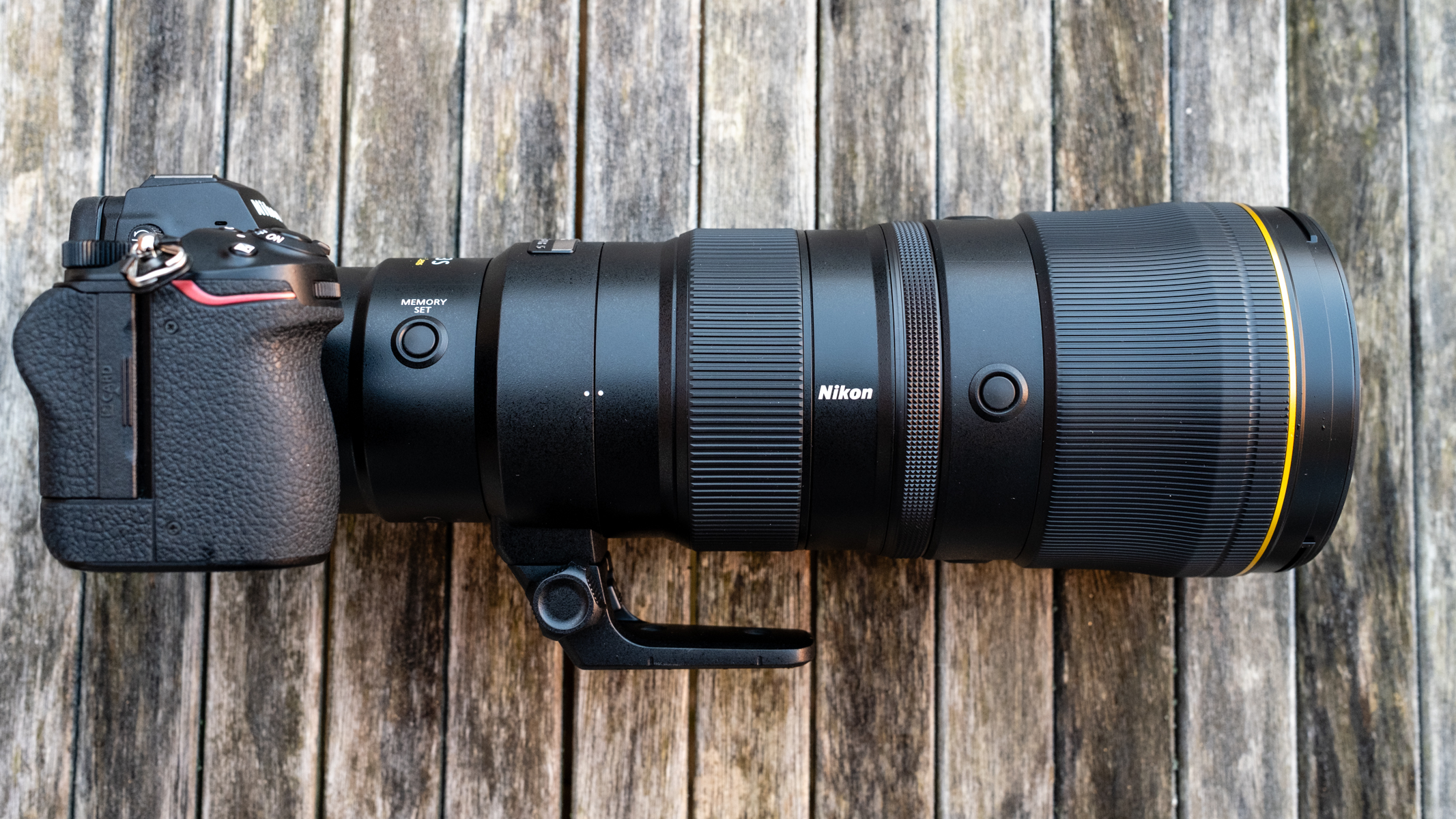
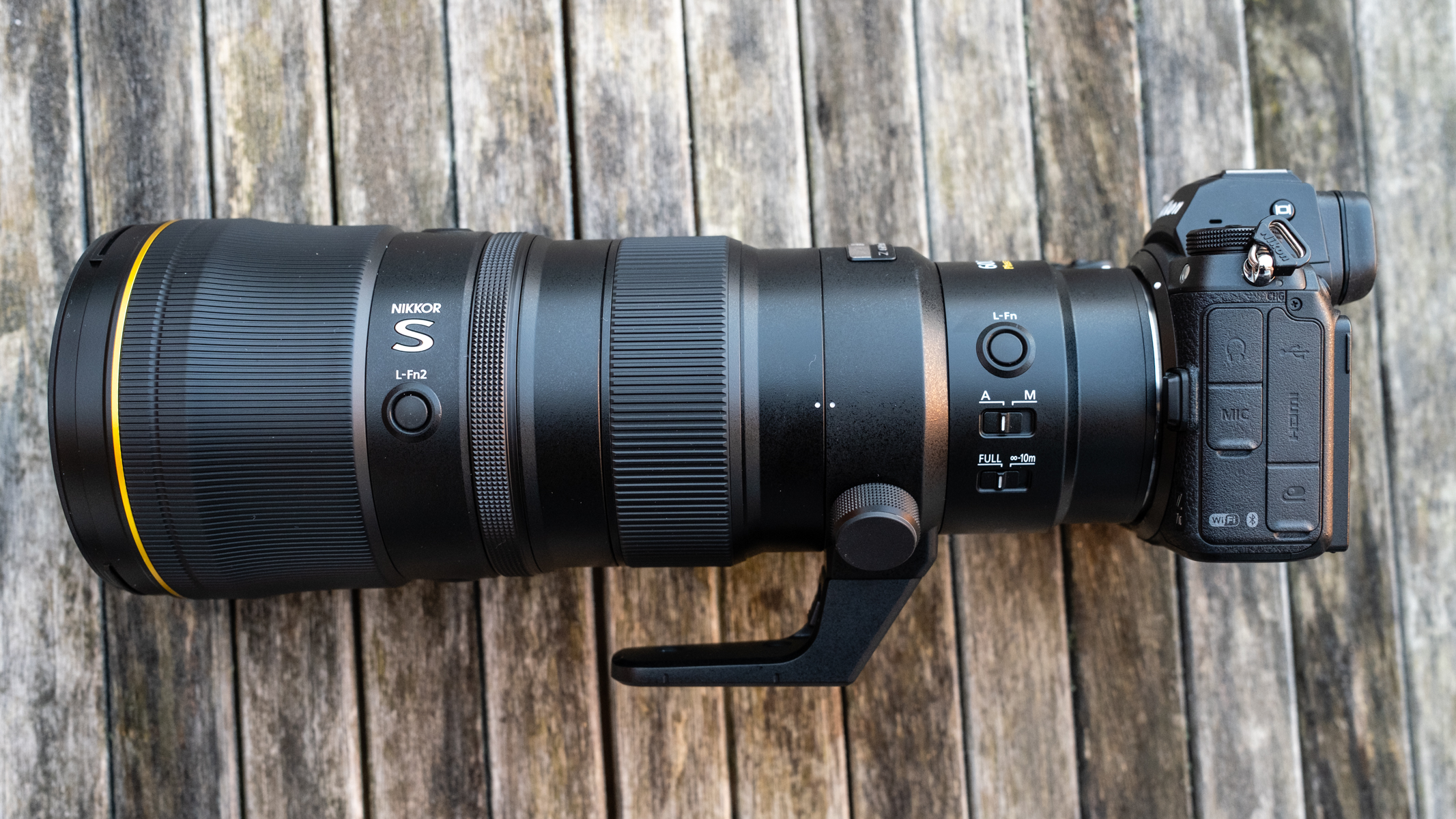

Despite its low weight considering the focal length, the Nikkor Z 600mm f/6.3 VR S is still a largish lens compared to a medium zoom at 4.2 x 11 inches / 106.5 x 278mm. The front element and filter thread is 95mm, so a protective UV filter won’t be cheap, but it’s certainly not a necessity, because the included lens hood provides ample protection alongside helping to reduce or eliminate flare. But once again, in the grand scheme of things, this lens is still pretty compact for what it is; it’s comfortable to use handheld for long periods, and the tripod collar provides a balanced method of attaching the camera and lens to a tripod when required.
This is a premium lens, and the build quality is excellent, with the look and feel alone exuding quality. But it’s certainly not perfect, and the area in which it doesn’t quite live up to expectations may surprise you, given the situations the lens is likely to be used in. The 600mm features rubber gaskets to keep dust, dirt and moisture out of the lens, but Nikon doesn’t say anywhere that the lens is weatherproof.
It can likely handle some use in wet weather, but Nikon also stresses in the small print that the lens isn’t guaranteed to be dust and drip-resistant in all situations and under all conditions. Sure, no camera or lens could be claimed to be 100% weatherproof, but this does leave a question or two hanging in the air, and more clarity here would be useful so that users aren't left to guess how weatherproof the lens might be.
A lens like this is primarily aimed at sports and wildlife photography, and the Vibration Reduction / image stabilization is excellent. During testing, and with an extremely steady hand, I was able to shoot sharp images at shutter speeds as slow as 1/30 sec. This is amazing, and useful for panning slower-moving subjects. The 600mm provides up to six stops of stabilization, but there’s a slight caveat here; this requires Z-series camera bodies that support Synchro VR, which is only available in the latest full-frame models like the Z9. For camera bodies that don’t support this, the 600mm still provides 5.5 stops of image stabilization, so no great loss here.
Sign up for breaking news, reviews, opinion, top tech deals, and more.
On the lens itself, there’s a customizable L-Fn button, four customizable L-Fn2 buttons, a focus limiter switch, a manual/AF switch and a memory set button. There’s unfortunately no VR switch or VR mode switch, which would be useful, but this option can be easily accessed via the camera. Alongside the manual focus rings, there’s also a customizable control ring that can be set to adjust focus, aperture, ISO or exposure compensation; this is set to aperture by default, and it's extremely useful.
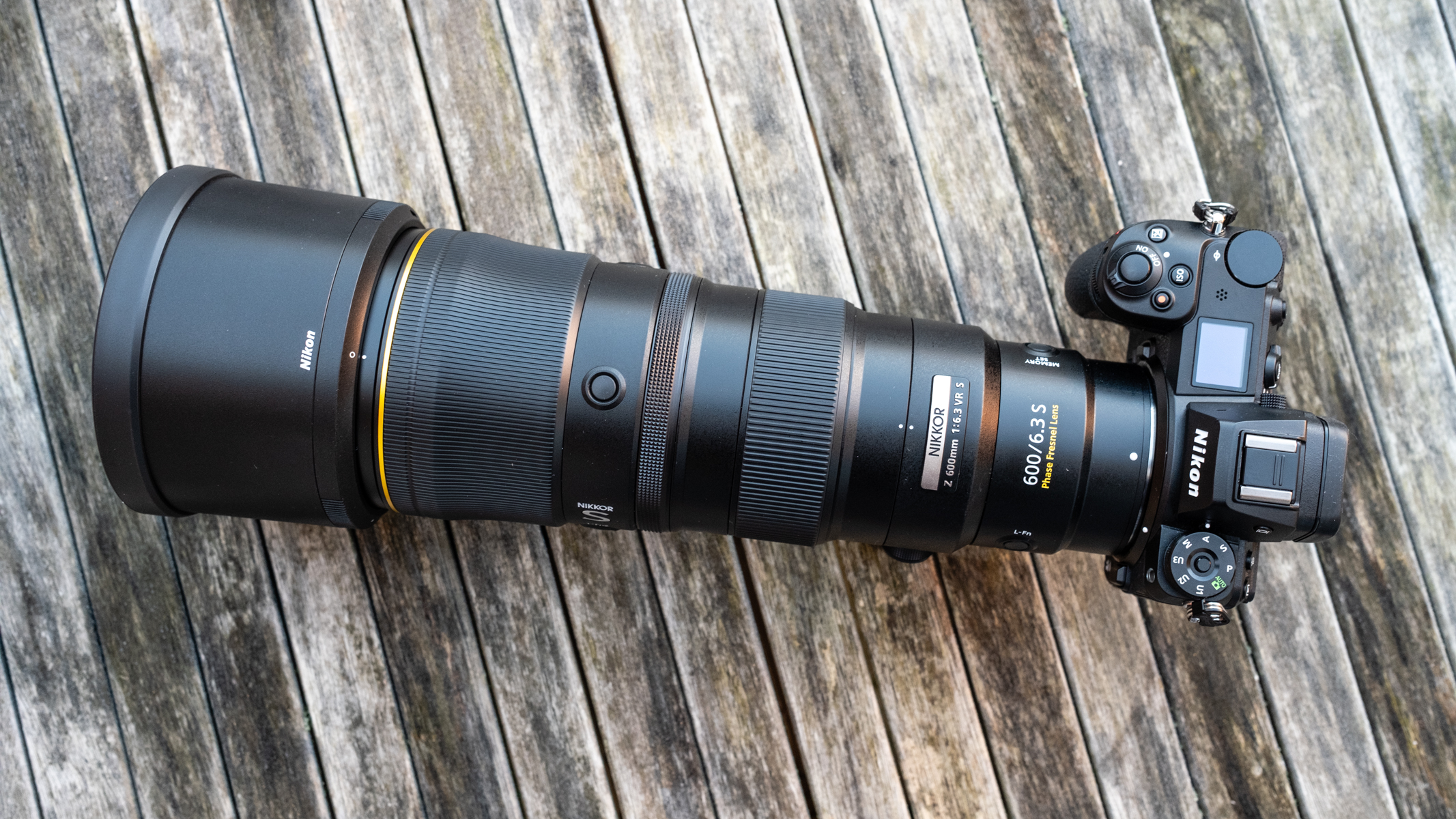
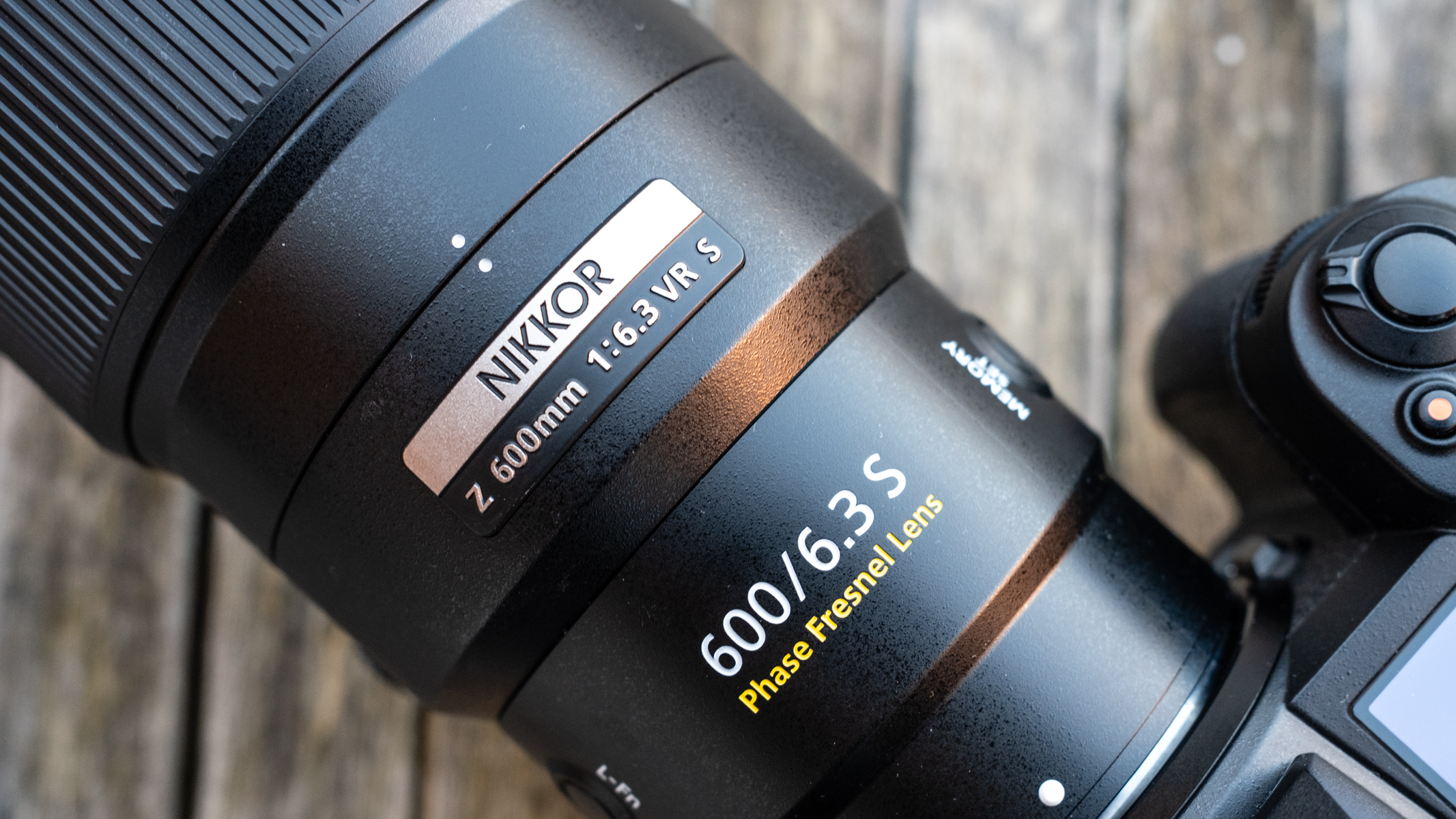

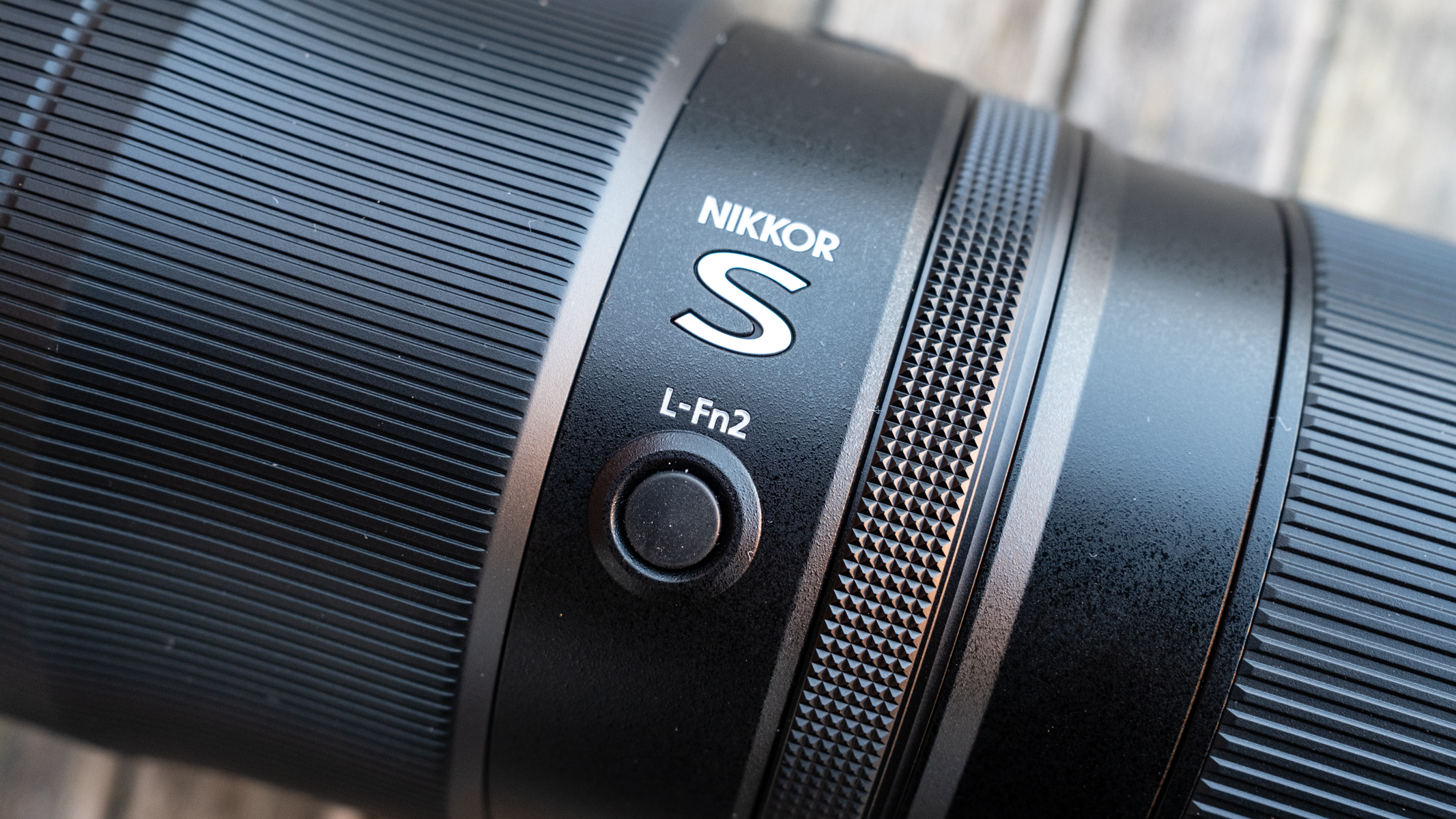
The optical design of the Nikkor Z 600mm f/6.3 VR S comprises 21 elements in 14 groups, which include two ED elements, one SR element, one PF element, elements with a Nano Crystal coat, and a fluorine-coated front lens element to repel moisture and dirt. That's a lot of glass, but the construction, including the Phase Frensel (PF) lens, helps to keep the lens small and lightweight as well as enabling the excellent image quality. A maximum aperture of f/4 would undoubtedly be more impressive, but this would mean the lens would have to be larger and heavier; f/6.3 still produces pleasing bokeh thanks to the nine-blade aperture, and it's a good aperture to shoot at to ensure enough subject depth-of-field in sports and wildlife photography.
Image quality is excellent, and autofocus is fast and silent. This is the type of lens where you’re unlikely to stop down to more than f/11, and will probably shoot wide open at f/6.3 most of the time. It's where the Nikon Z-mount excels especially in this lens – you won't notice a drop in overall sharpness at f/6.3. Stop the lens down to f/32 and diffraction naturally shows.
As you'd expect, the centre of the frame is the sharpest, but edge sharpness is still more than respectable and you can confidentally compose subjects off-center knowing they will be sharp. During testing in bright conditions, no chromatic aberration was visible along high-contrast edges, and lens corrections applied using the lens profile in Lightroom made only a small adjustment.
Nikkor Z 600mm f/6.3 VR S photo samples

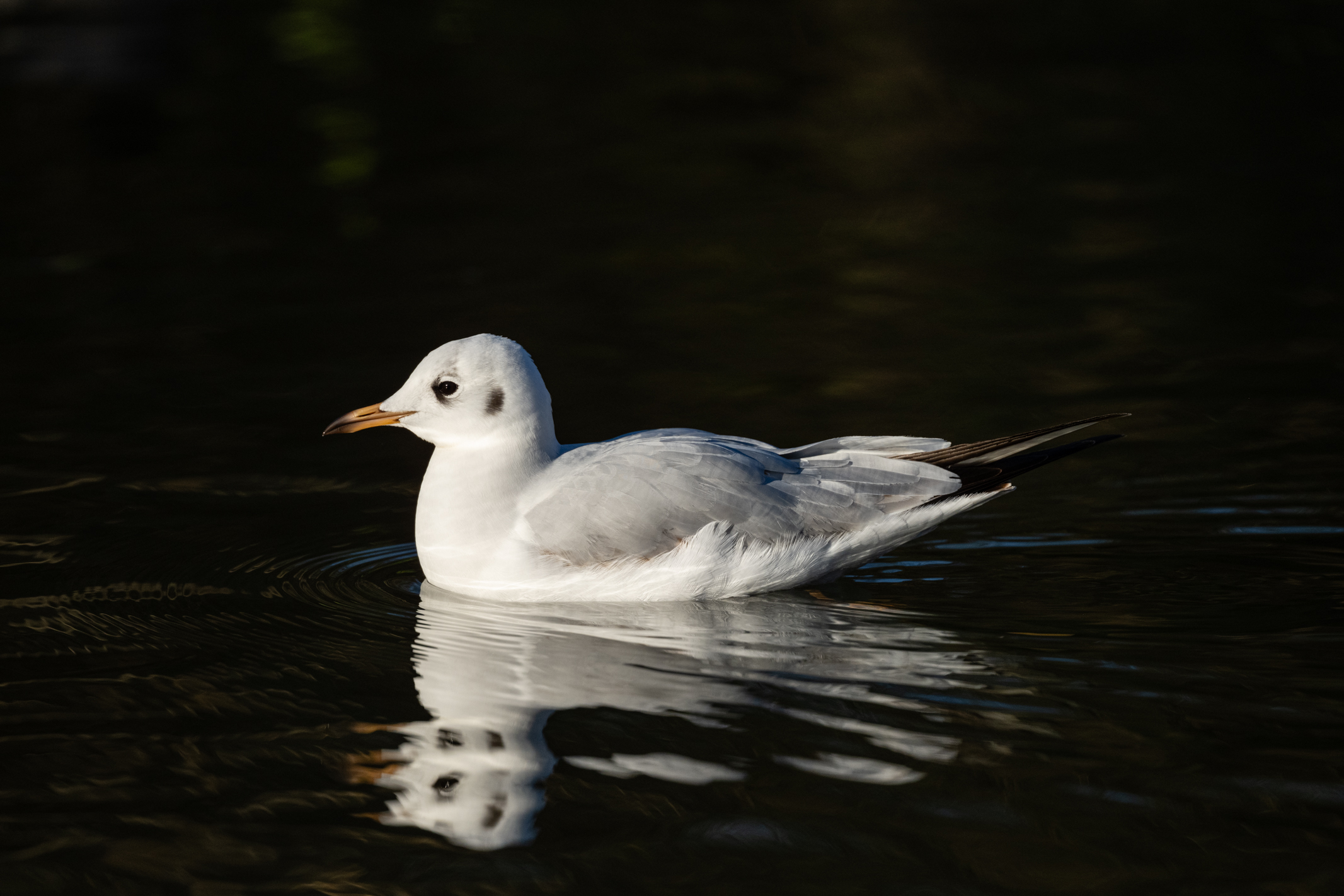
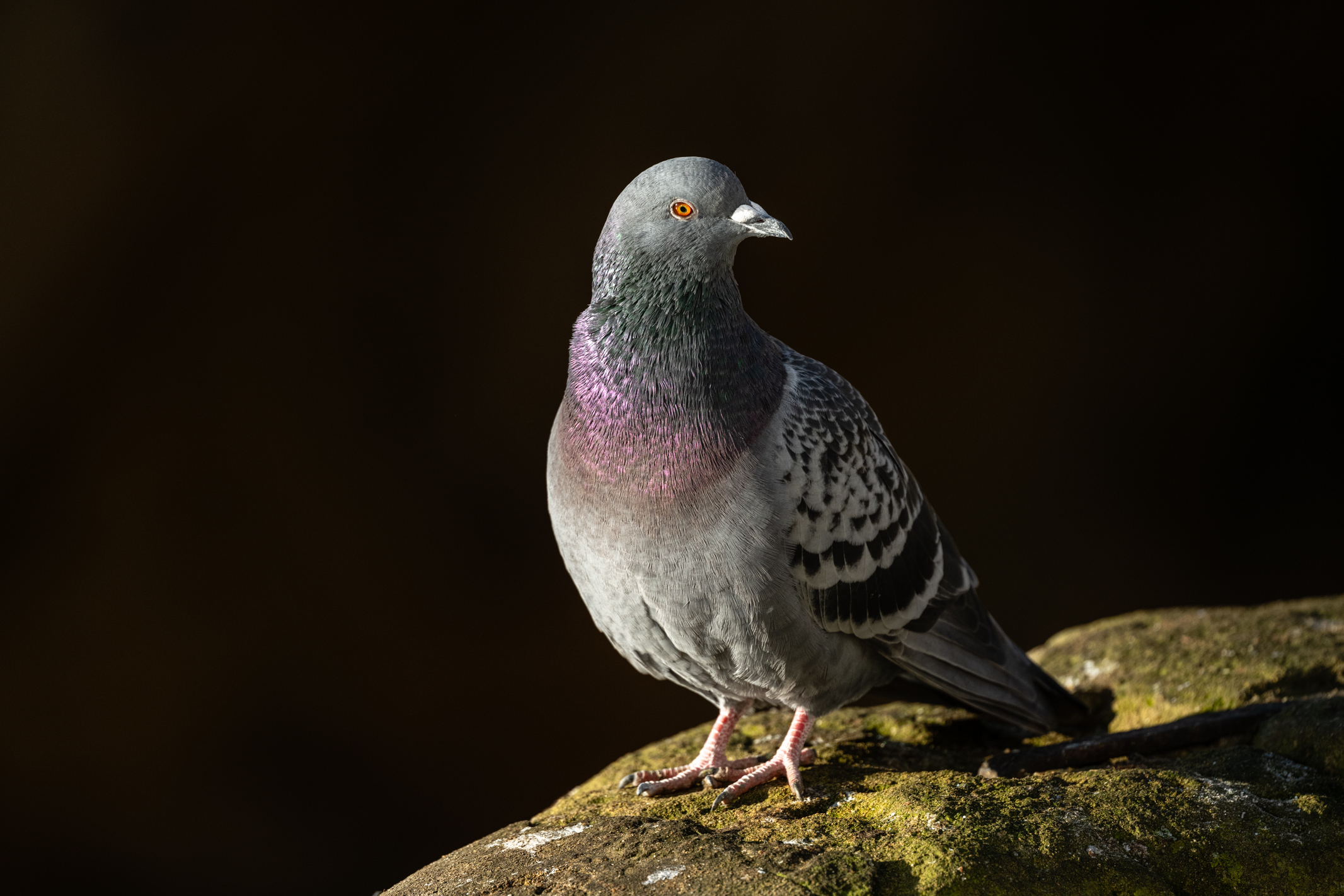
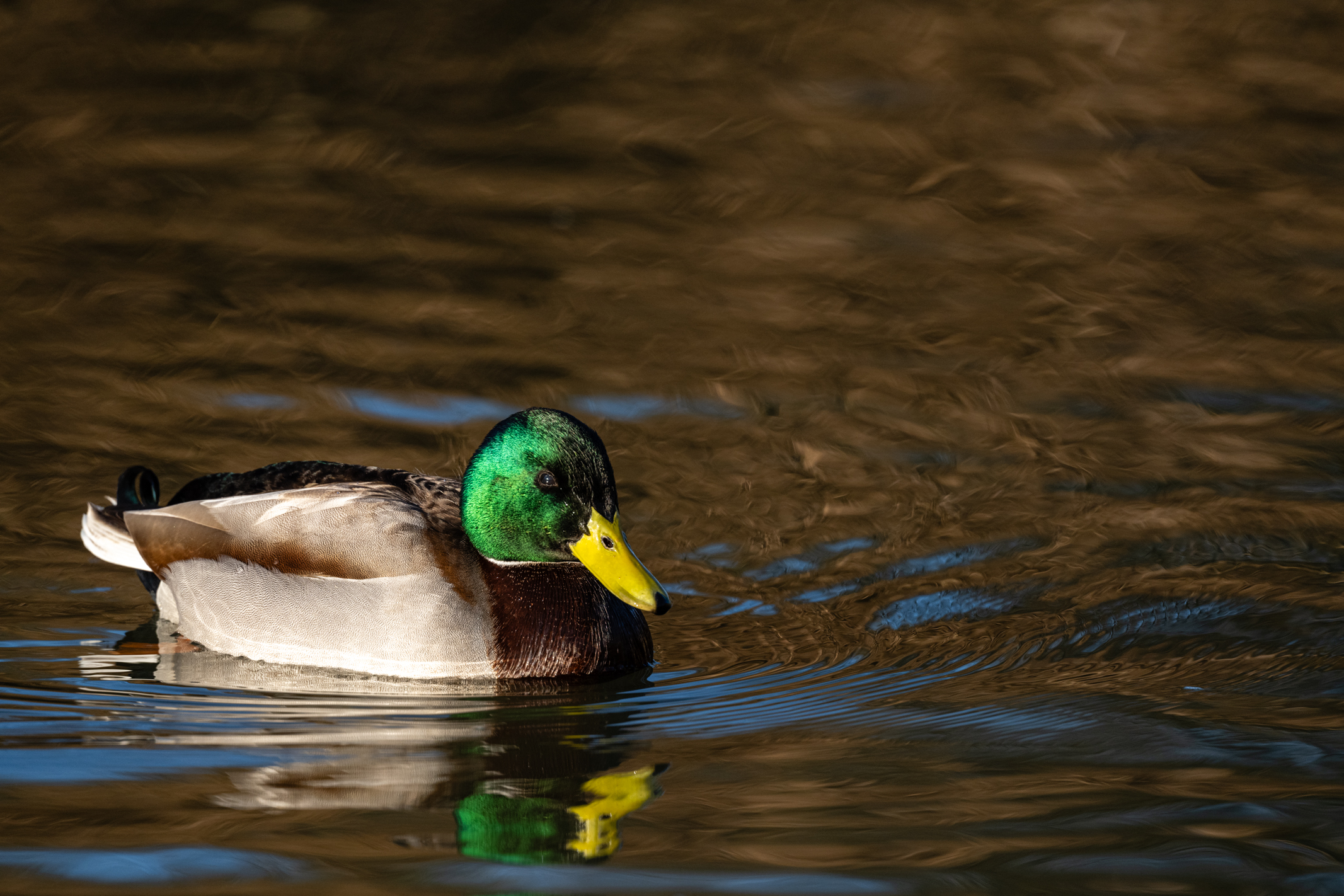

The Nikkor Z 600mm f/6.3 VR S is an excellent lens overall, and one that any Nikon shooter will be happy with if they can justify the cost. It’s primarily targeted towards full-frame Z-series cameras, but works just as well with APS-C Z-series cameras to provide an effective focal length of 900mm. You can increase the focal length on full-frame Z-series cameras by shooting in DX mode, and during testing we employed DX mode on the the Z 7 II, which still provides a useful and usable 20MP image. You can also use the lens with teleconverters to increase the effective focal length, but this does reduce the maximum aperture to varying degrees depending on the strength of the teleconverter.

Should I buy the Nikkor Z 600mm f/6.3 VR S?
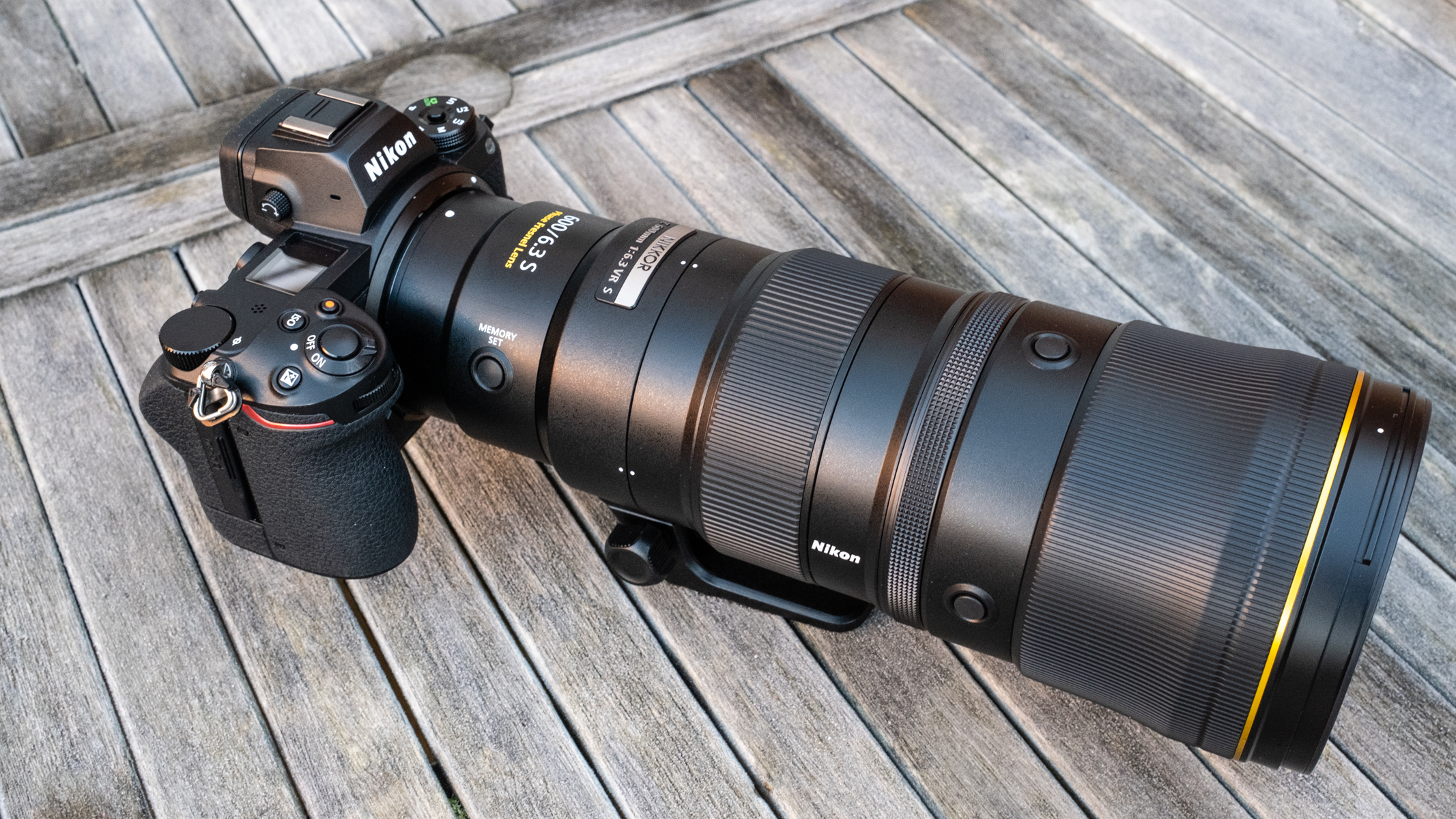
Buy it if...
You want excellent image quality
The image quality produced by the 600mm f/6.3 is fantastic, with gorgeous bokeh despite the f/6.3 maximum aperture. Edge sharpness is also impressive.
You need a lightweight telephoto
At just 3lbs 3.9oz / 1,470g with the tripod collar attached, this is a seriously portable long telephoto lens that's ideal for handheld shooting over long periods.
You’re a wildlife or sports pro
600mm is pretty much a staple in wildlife and sports photography, and although as a prime lens it isn't as versatile as a telephoto zoom, image quality is far superior, alongside the compact size and lightweight.
Don't buy it if...
You’re on a budget
This isn’t a cheap lens by any stretch, and will be out of reach for many enthusiasts. A much more affordable alternative is the Nikkor Z 180-600mm f/5.6-6.3 VR, which is a good lens for the price.
You need the versatility of a zoom
Prime lenses provide superior image quality compared to zooms, but they lack the versatility of allowing you to adjust focal length with just a twist of the zoom ring.
You use an APS-C camera
While the 600mm works perfectly with APS-C Z-series cameras, you could achieve the same focal length with the less expensive Nikkor Z 400mm f/4.5 VR S while enjoying a faster maximum aperture.
Nikon Z 600mm f/6.3 VR S: Also consider
Nikkor Z 180-600mm f/5.6-6.3 VR
The Nikkor Z 180-600mm f/5.6-6.3 VR comes in at a more affordable $1,697 / £1,799 / AU$2,999, and it’s a great lens for the price. However, if you regularly shoot at 600mm then the fixed focal length 600mm f/6.3 lens is optically sharper.
Read our Nikon Z 180-600mm f/5.6-6.3 VR review
How I tested the Nikon Z 600mm f/6.3 VR S
The Nikkor Z 600mm f/6.3 VR S was tested over several shoots, including handheld use to assess the size and weight of the lens. Photos were taken at different aperture settings in both FX and DX modes to test handling, sharpness and distortion, while Vibration Reduction was put through its paces by shooting at slower shutter speeds than normal. I shot both static and moving subjects to test autofocus performance.
Most images were shot simply to see how the lens performed in different situations, while others were shot specifically to compare the results. This provides the ability to test all aspects of the lens in a real-world environment that’s closer to how photographers will use the lens, rather than relying on statistics and lens charts.
With nearly 30 years of photographic experience and 15 years working as a photography journalist, I’ve covered almost every conceivable subject and used many of the cameras and lenses that have been released in that time. As a working photographer, I’m also aware of the factors that are most important to photographers, and aim to test cameras and lenses in a way that reflects this.
First reviewed December 2023

James Abbott is a professional photographer and freelance photography journalist. He contributes articles about photography, cameras and drones to a wide range of magazines and websites where he applies a wealth of experience to testing the latest photographic tech. James is also the author of ‘The Digital Darkroom: The Definitive Guide to Photo Editing’.

